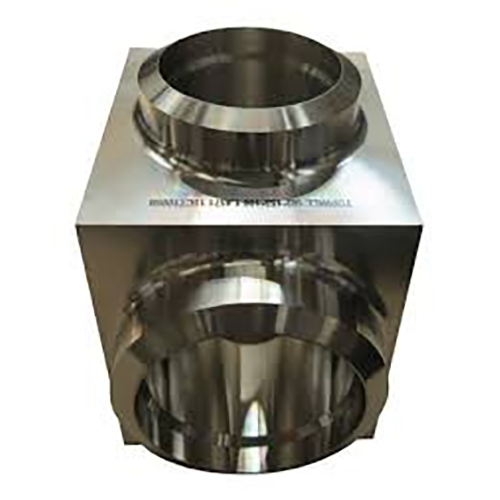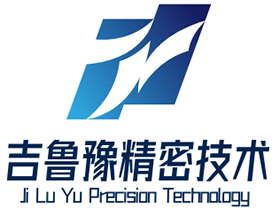
Realizing precise finish on a turned or milled piece is highly significant.
- Drawing callouts communicate precise surface requirements for machined parts
- Surface notes typically employ Ra—arithmetic mean deviation—when specifying roughness
- Comprehending finish specifications is crucial to meet operational standards
- Specified texture can change lubrication regimes, frictional forces, and endurance
- It is essential to interpret the specific callout to achieve the desired outcome
CNC Machining — Precision Engineering Explained

Programmed machining operates as a leading production process using CNC instructions the equipment fabricates detailed forms with consistency.
- Computer-driven machining creates reliable parts from assorted materials
- CNC adaptability suits industries including aerospace and automotive sectors
- Numerical control systems guarantee repeatable accuracy between batches
Across development to broad production CNC machining contributes fundamentally to manufacturing innovation
CNC Specification Guidance
Reading machine specs may appear overwhelming initially
Nevertheless simple study and a stepwise method let you read technical specifications
Start with locating core parameters: spindle rpm, feed, accuracy, work envelope, controller
Every listed attribute influences the equipment’s operational capacity.
By way of example raised spindle rpm benefits soft stocks while boosted feed enhances output.
Appreciating such links enables selection of equipment fit for your objectives
Remember to consult the manufacturer's literature thoroughly.
Provided manuals commonly contain clarifying information and define jargon
What is a CNC Machine? A Comprehensive Guide
Computer numerical control machines denote software-driven tools for precise automated fabrication of many substances They interpret CNC code instructions to command cutting tools and motion.
- Various CNC platforms encompass milling centers, turning lathes, routers, plasma systems
- Cutting methods suit steels, plastics, woods, and layered composites
- Plus CNC technology provides rapid prototype cycles and limited manufacturing for small firms and research units
CNC Basics and Explanations
These tools showcase a blend of mechanical exactness and intelligent software command Automated tools implement code to produce elementary parts and sophisticated assemblies Key principle turns electronic models into physical artifacts.
- Machine-controlled machining
- Software-guided fabrication
It includes exact tool motions driven by CNC instructions Production personnel configure feeds and speeds, monitor cycles, and guarantee output quality.
Impact of Surface Finish on CNC Machining
Attaining target texture in CNC processes is critical It determines product function and aesthetic quality Stock properties, cutting settings, and finishing operations determine surface result.
Smoother surfaces elevate durability while coarser textures may impair utility Numerical control machining supplies multiple methods and cutters to obtain target textures.
- For instance varying cutting insert shapes |high-speed steels|feed and speed combinations to realize required texture
- Furthermore secondary operations such as polishing, grinding, or sanding enhance finish
Comprehending the connections between machining choices and texture secures better results.
From Operation to Applications: CNC Basics
Precision production uses machine control software to shape parts from different material classes They execute coded toolpaths to create intricate parts repeatedly Understanding machine control, programming, and tooling choices is crucial for effective machining
Applications of CNC machining are incredibly diverse spanning numerous industries such as aerospace automotive manufacturing From turbine components to precision mold cores, CNC supports manufacture of complex parts
Notation for Surface Finish on Machined Parts
Precise surface specification proves essential in CNC machining It verifies compliance with intended functional and aesthetic goals Callouts commonly use the roughness average (Ra) system to denote surface finish This numerical value expressed in micrometers inches or millimeters indicates the average height of surface irregularities.
Account for desired texture and the component’s purpose when selecting finish

Typically smoother finishes are chosen where tight dimensional control and alignment matter
By contrast coarser finishes may be useful where additional grip or friction is desirable
Use explicit finish instructions on design documents to convey the surface requirement Document the Ra value and enumerate any extra finishing or treatment instructions.
Understand that effective surface annotations are critical to production success
Varieties of CNC Machines and Capabilities
CNC technologies cover several machine formats that handle a range of job types They work with CAD/CAM programs to command cutters and deliver accurate component fabrication.
- Turning centers form shafts rods and cylindrical forms by cutting along axes
- Grinders use abrasive wheels to finish and size parts to fine tolerances
- Laser cutters harness concentrated energy beams to slice through materials with exceptional accuracy and minimal heat distortion
Decision factors include the part’s material, feature complexity, and tolerance specifications Every machine class brings specific strengths that serve sectors like aerospace and automotive.
Securing Optimal Finish Using CNC Machining
Securing excellent surface finish plays a key role in production and CNC methods enable that outcome By adjusting feed, rpm, and cutter geometry skilled staff shape chip flow and surface formation for better finishes Coupled with high-quality tools and correct fluid use, finish quality is elevated Appropriate strategy choice combined with accurate setup produces excellent surface outcomes.
Securing Surface Finish Through CNC Programming
Achieving intended surface characteristics through programming is vital for quality Selected feeds speeds and tool geometry directly shape the resulting surface profile Conscientious parameter tuning with sound coolant strategy produces excellent surface quality.
- Moreover scheduled tool maintenance and define cnc machine inspection preserve surface performance In addition periodic tool servicing and checks secure consistent surface quality Plus regular inspection and maintenance of tools copyright finishing standards
- To optimize surface finish programmers should consider factors like material type desired surface roughness and the application requirements
- Employing simulation software can help visualize and fine-tune cutting parameters before machining reducing the risk of surface defects
- Plus regular inspection and maintenance of tools copyright finishing standards
